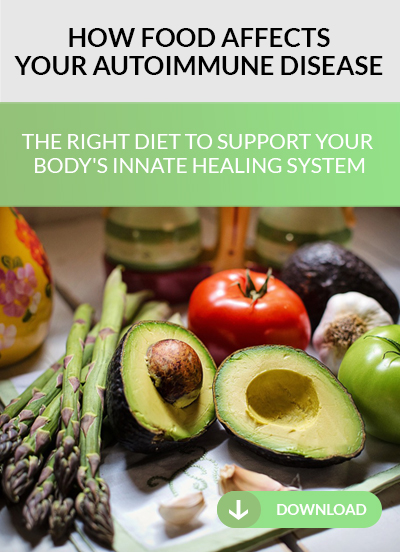GMOs (genetically modified organisms) have genes from another species transplanted into their DNA. This is done to increase production or yield or add some other trait not usually seen in the organism.
So far, the organisms experimented with have been mainly plants, but animals are also being modified.
This is not the same as hybridizing. Hybrids are created through breeding. Genetic modification is actual transfer of DNA material from one species into another in order to achieve a desired characteristic.
The only way to insert foreign DNA into a plant or animal recipient is by utilizing either a virus or bacteria as a carrier.
As bizarre as the genetic transfer may seem, the bigger problem may be the use of a viral or bacterial carrier. Lets revisit this in a minute.
One of the most widely known GMOs is in crops called Roundup Ready. This means that the herbicide glyphosate (Roundup) can be sprayed to control weeds without killing the crop. As weeds develop tolerance to Roundup, more and more of it is required to exert the same effect. Much of the glyphosate used on the crops is absorbed in to the plant which then ends up in our food.
Glyphosate acts like an antibiotic in the guts of animals and people. Unfortunately, it targets only our beneficial bacteria—the microbes that help with digestion, detoxification, hormonal balance, immune system and more. It has no effect on pathogenic bacteria like E. coli and botulism. This throws off the delicate balance of good and bad bacteria which will become a problem sooner or later.
Another characteristic that has been added to genetically modified corn is Bacillus
It wasn’t long before they discovered that animals had also been affected. Cows and humans that are fed GM corn frequently develop a leaky gut due to the destruction of their cell walls.
But it gets worse yet! When we eat plants, we chew and digest the plant material. Under normal circumstances, the DNA from a plant doesn’t impose itself on us like some sort of invader. Instead, we extract the nutrients from the plant to use in our own body processes.
Bt (Bacillus thuringiensis), a bacteria that has been artificially inserted into plants, is able to separate itself from the plant material that is being digested. Bt can survive and replicate itself, forming its own gut microbiome. Essentially, it turns us into pesticide factories. The Bt can continually injure the gut lining because instead of being flushed out of the system within a few hours, it moves in and raises a very destructive family.
Similar to this scenario, the bacteria and virus genetic carriers we mentioned previously have been discovered in the digestive tracts of bees. Under normal circumstances, bacteria exchange genetic material with one another. It’s part of the way they communicate. Under the abnormal created circumstances (using bacteria and virus’ to force new genetic materical in to a cell), the microbe carriers are crossbreeding with the bees natural bacteria and creating new varieties.
The gut biomes of bees and humans are very similar. It has been theorized that the same thing may be happening in human digestive tracts as well. This may, in part, explain the explosive increase in food allergies over the past few years.
We don’t know the extent of damage that has already been done or what is still to be discovered. The best thing you can do is avoid GMOs to avoid further DNA damage.






0 Comments